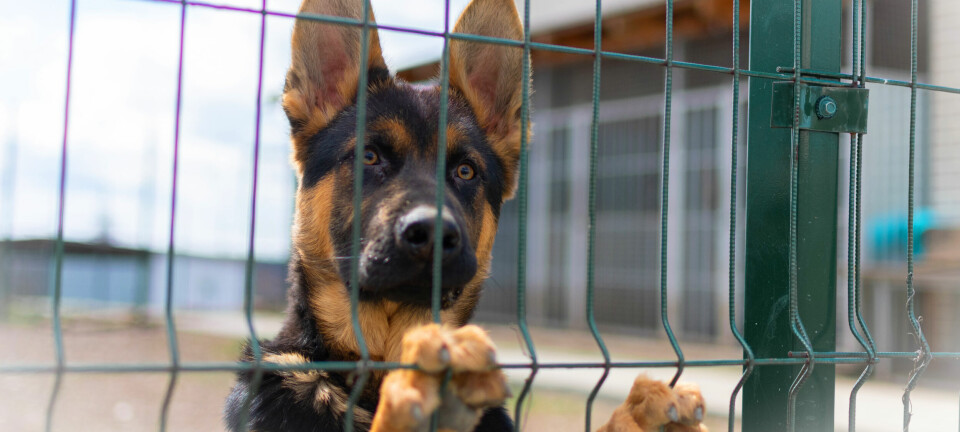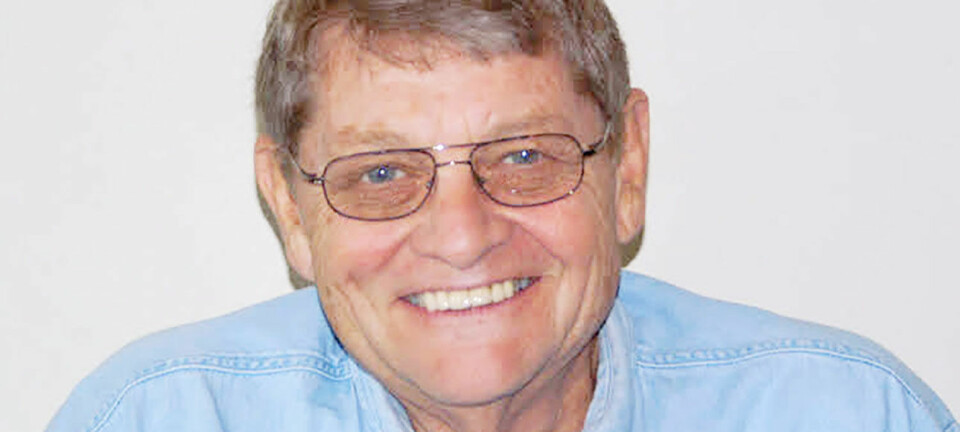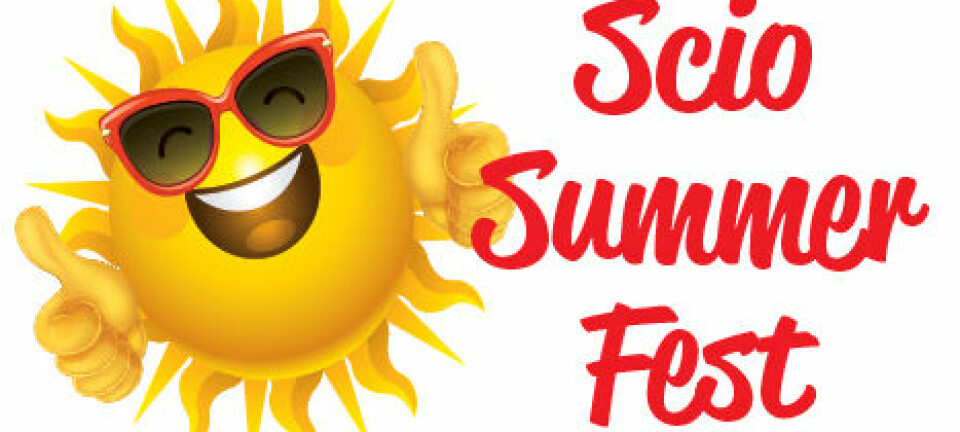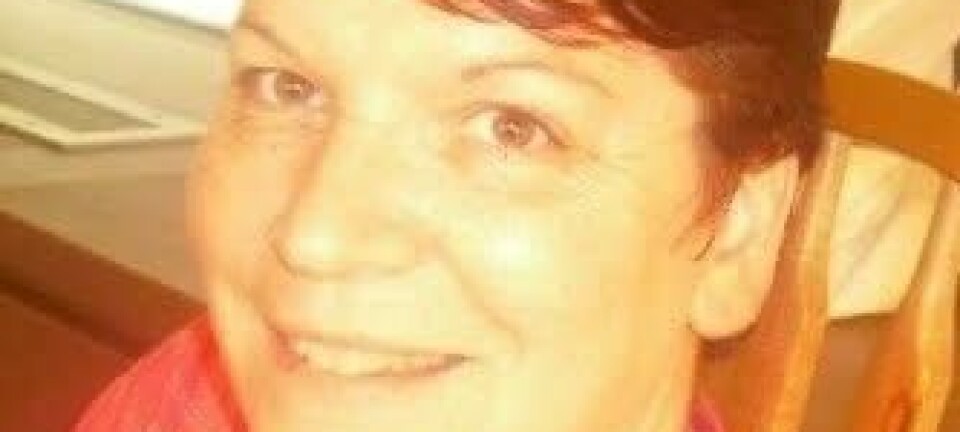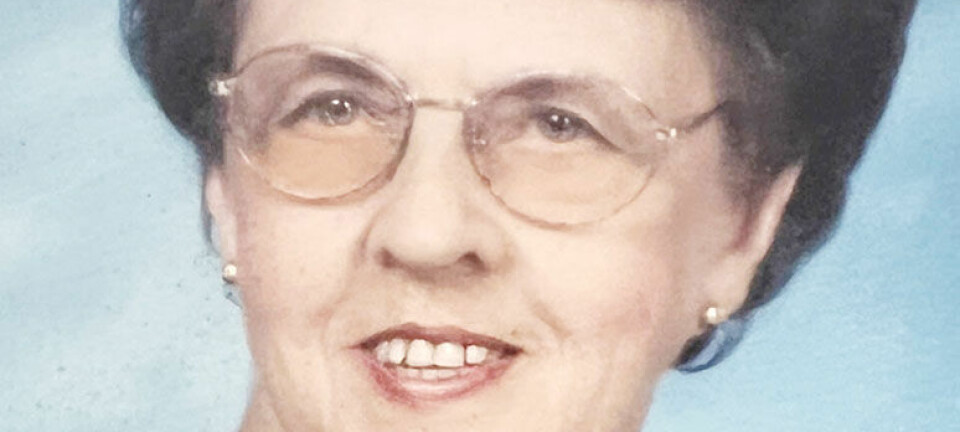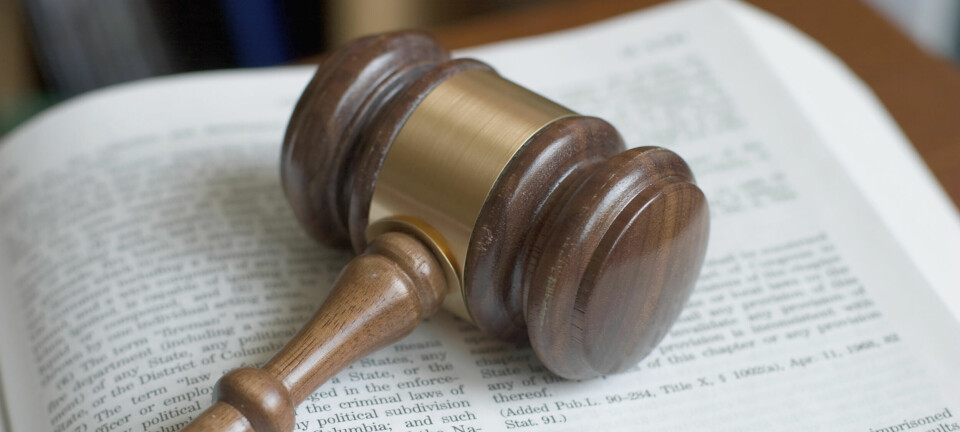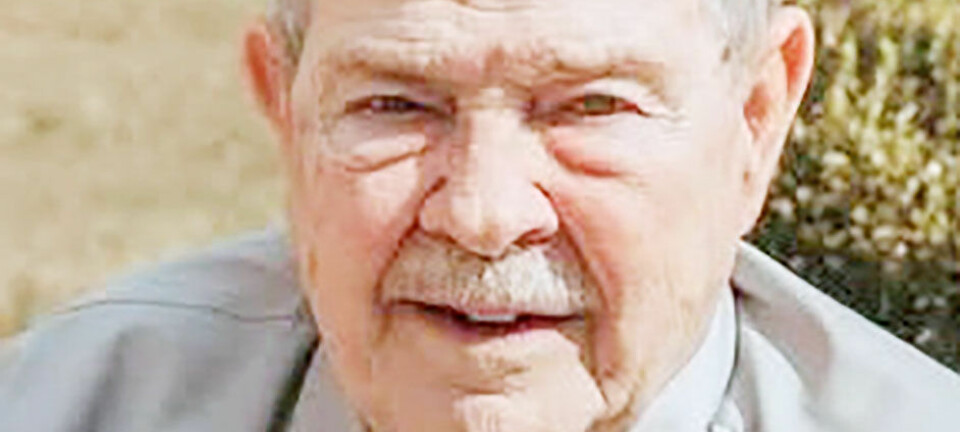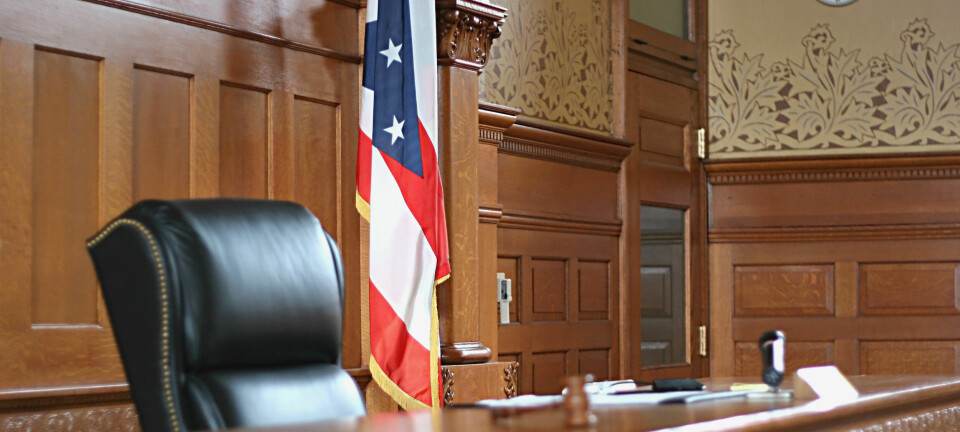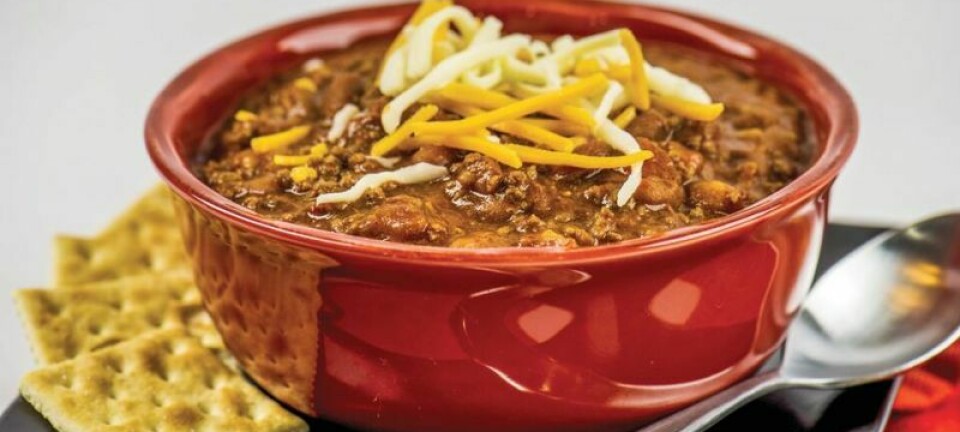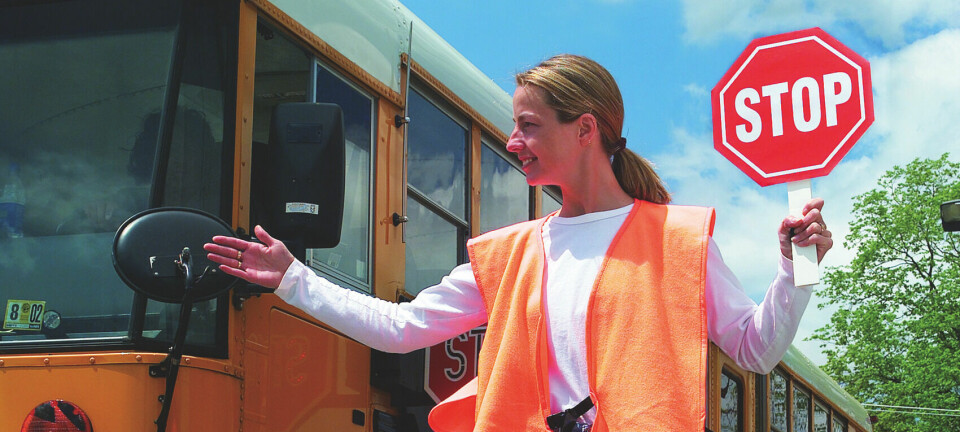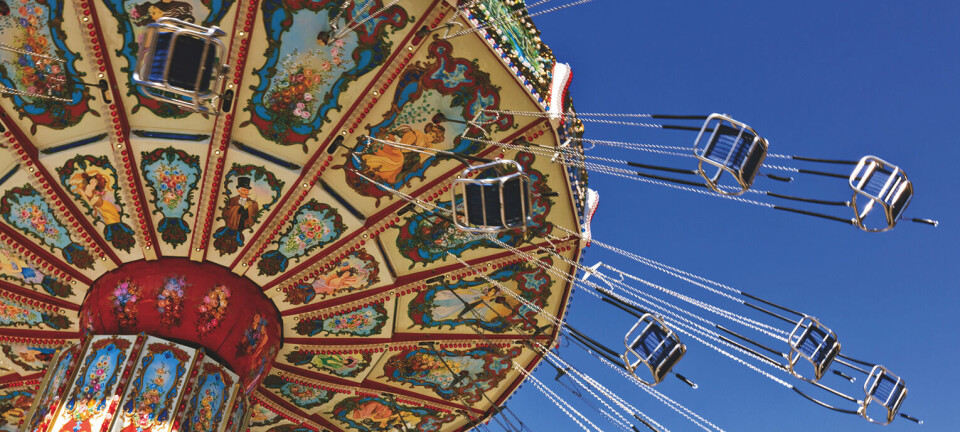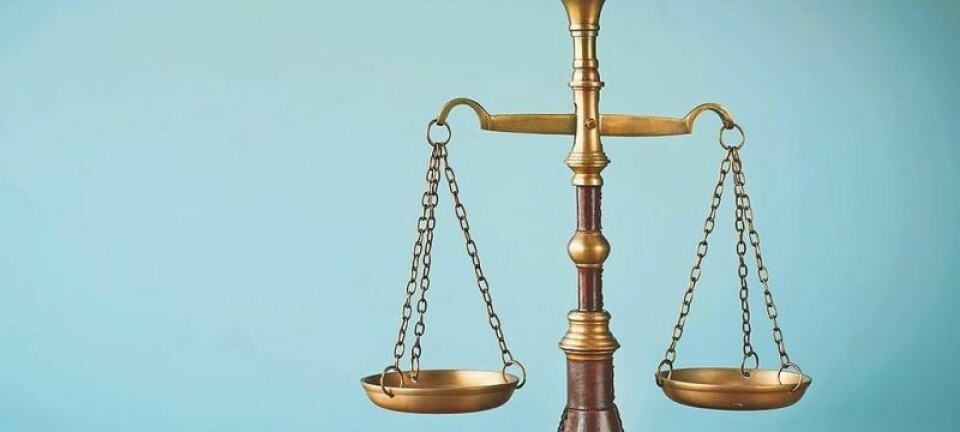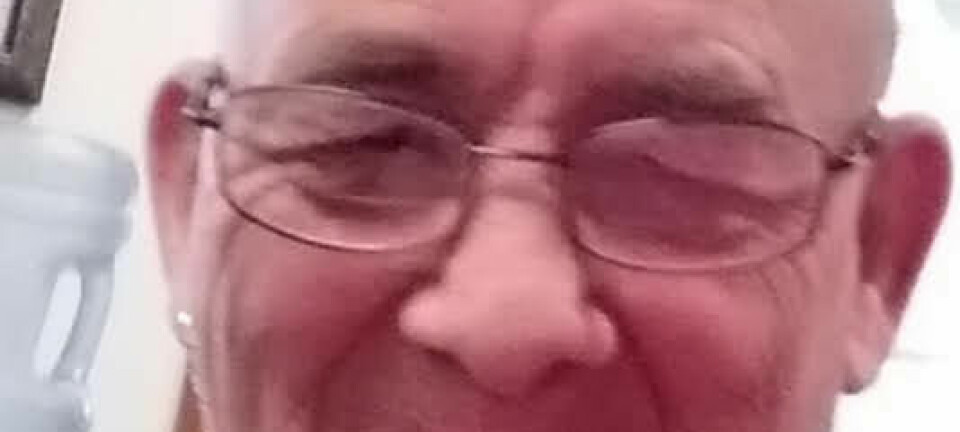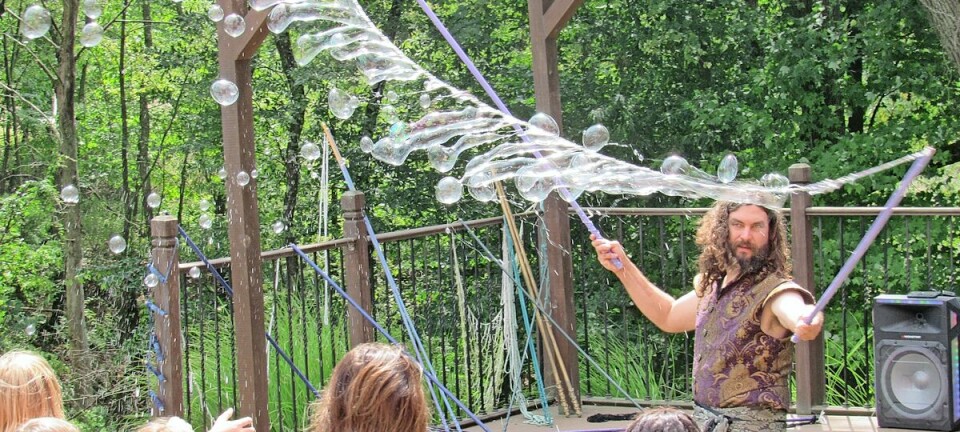A bee-ginners guide to fall gardening

Over the last three years, the pollinator garden at our office has grown from an unremarkable strip of mulch along the sidewalk to a wild cornucopia of plants aimed at keeping the neighborhood bees and butterflies happy.
The experiment is doing so well that even on our small scale, we are faced with the same issues people implementing acres of native plantings have to deal with. Some plants are reseeding too aggressively, out-competing their neighbors. Birds that have come to dine have introduced a terrible crop of thistles, and for better or worse, the plants are so healthy and tall wind has blown them over, making it hard to get past on the sidewalk.
That means our autumn to-do list, like that of many of our readers, will have some landscaping chores involved. However, we want to keep it focused on creating good habitat for our insect species, so there are a few things to keep in mind:
If weeds are becoming an issue in your native plantings, focus on pulling or cutting the seed heads before they mature. Focus on the really prolific ones, like marestail and thistles, which are tough to get eradicated later. Spot-treating selected plants with herbicide may be necessary to get some under control, but timing is everything. Only apply chemicals when the chance for drift is minimal, and evening applications will usually minimize harm to bees. If you are looking for an organic method to work on weeds, there’s lots of advice on using super-strength vinegar and various other household ingredients that help get weeds under control but that are safer for our insects.
We’ve observed our black-eyed Susans are reseeding themselves with reckless abandon. They are a great mid-summer and fall nectar plant, but I don’t feel guilty pulling some out. If you have delicate perennials, like our whorled milkweed, that aren’t aggressive enough to push through bigger, more prolific plants, you can achieve a win-win by pulling out some of the pushy plants to leave bare soil for the seeds of the smaller plants to get a foot-hold for next year. These bare areas are equally important for ground-nesting insects.
“Leave the Leaves” is a message that has gained some local traction, and it’s equally important to “Let the Stems Stay!” Just like the layers of fallen leaves, the stiff, upright stems of many plants also are overwintering cubbyholes for insect species once they dry and get hollow.
Additionally, the seedheads from plants like coneflowers are the natural diet for overwintering birds. If you move the leaves, sticks and stems from flower beds in the early fall, compost them instead of putting them in the trash. Temperatures of 45-50 F are usually when insect activity halts, so if your cleanup occurs in the warmer days of early fall, you’ve probably avoided disturbing nesting bugs. But after it cools down, insect eggs, larva and even some adults will need protection through the winter months. Put the debris off to the side of your yard in a sunny area, where anything that has built a pupa or nest can continue hibernating before they emerge in the spring. You’ll likely save some lives.
Fall is a good time to learn which plants are being used by your local bees and butterflies as they gather nectar to energize them either for a migration or to keep them well-fed so they are strong and healthy going into hibernation. There are many more food choices for insects throughout the late spring and summer months, but by fall the food sources available to insects have diminished substantially. Ensuring there are plenty of cold-hardy natives in your habitat spaces are a must, so instead of focusing on annual mums for fall decorations, why not invest in various species of goldenrods or asters, which typically last the longest of all fall natives and come in a variety of sizes and colors too.
As you observe which plant species are the most visited, and your favorites too, collect some of those seeds to share with friends or to enhance areas at your home. These locally adapted natives will continue to provide the best nutrition for our pollinators, and it’s far cheaper to establish large areas this way.
I’d like to remind our readers of our annual milkweed seed collection, which runs through the first week of November. As milkweed pods mature — easily recognized by dry, brown seeds inside the pods of butterfly weed, common milkweed, and rose or swamp milkweed — collect them in a paper or mesh bag and drop them off at our office in the large trash can in the parking lot. Collecting the pods will not diminish the milkweed in your patch for next year, and it provides valuable seed sources for the Department of Natural Resources to start habitat plantings across the state. And if you’d like some seeds for pollinator-friendly perennials, stop by our office and I’ll gladly share some of ours.
Call our office at 330-674-SWCD if you have questions about establishing your own pollinator habitat or if you are interested in other ways to help wildlife at home. Follow us on Facebook and check out our website at www.HolmesSWCD.com.

